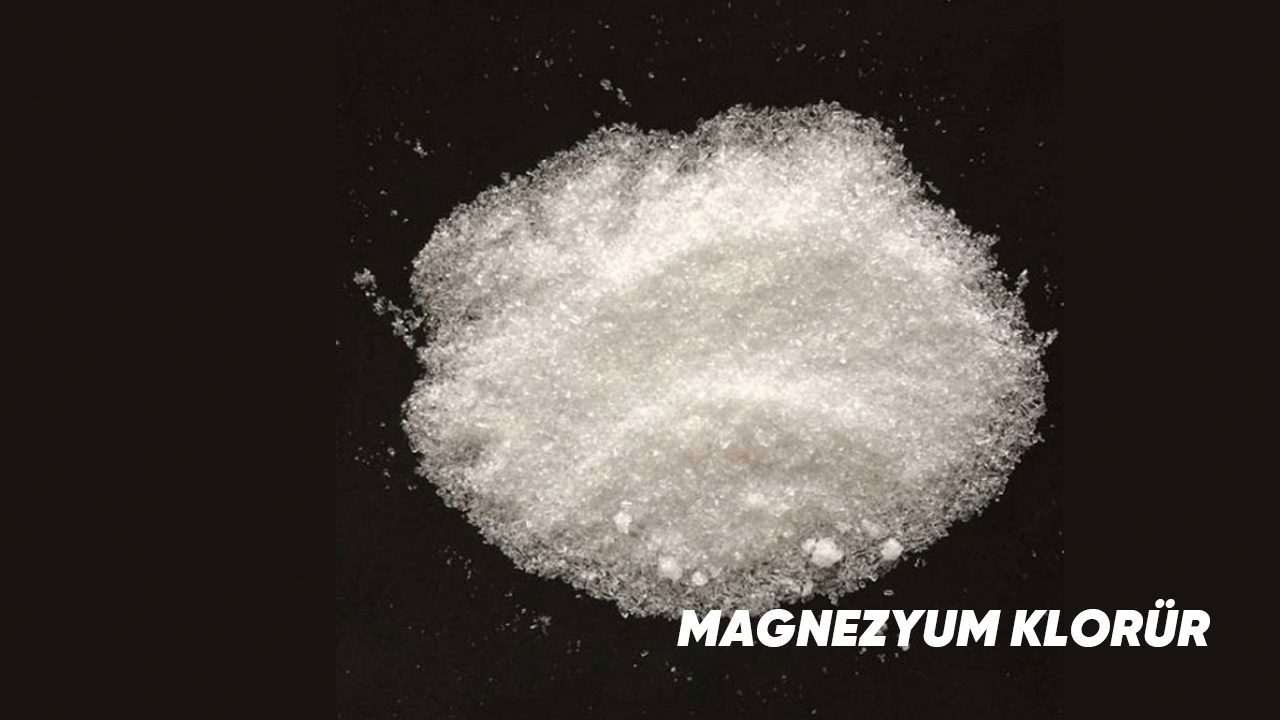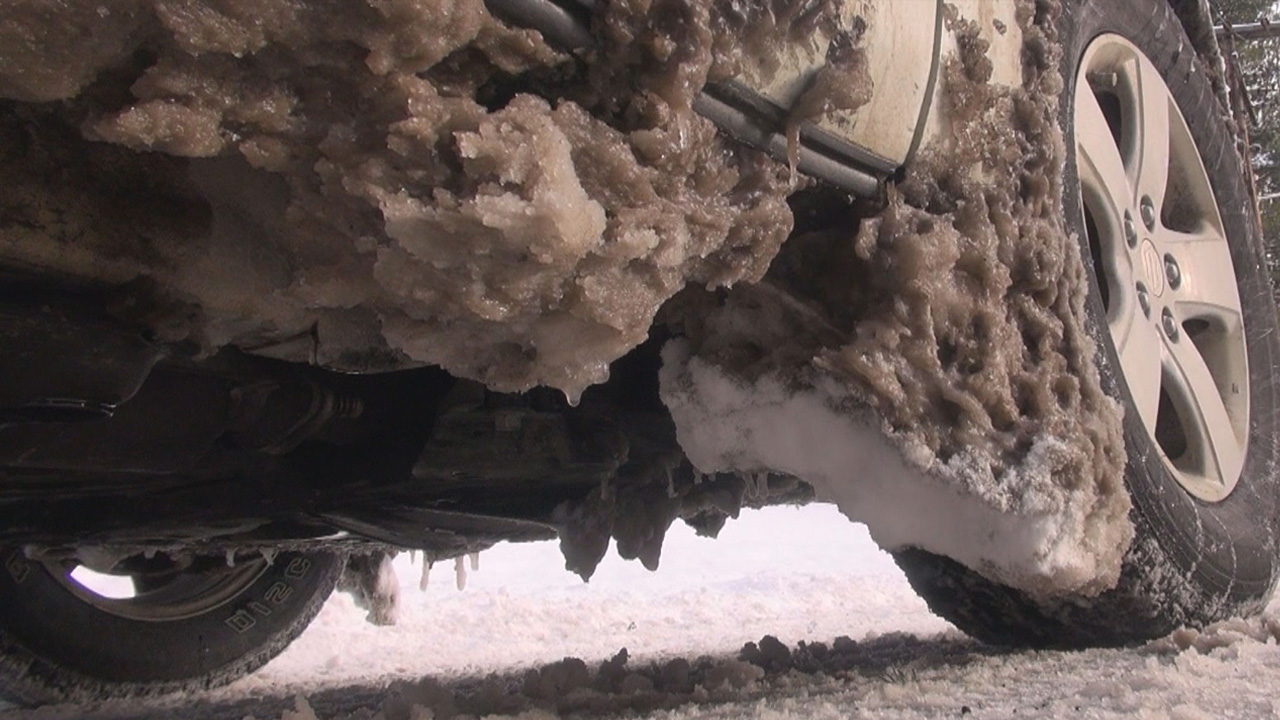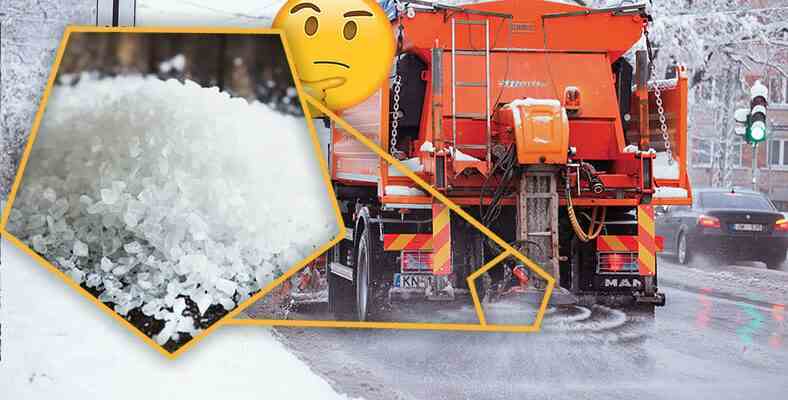Have you seen salt spilled on the roads, especially in the snowy winter months? Have you ever thought about how salt achieves this in this process whose purpose is to melt the ice layer? Let’s explain.
We have entered the month of December. As in every winter, a large part of our country will be a prisoner of icing due to snowfall or cold weather. In such cases, you may have seen before that this icing is prevented by pouring salt on the highways. Alright what does salt do to melt ice Have you ever thought?
Today you we will explain how salt melts ice. In fact, we will take a closer look at the perception that “salt melts ice”, known to many, does not work exactly that way. So let’s move on to our content.
What does the salt do to make the ice liquefied again?
We know that the freezing point of water is 0 °C. In other words, when the air temperature drops to these degrees, we see that the water turns into ice. Well, if salt doesn’t heat the air, how does it make the water melt? When the temperature drops below 0 °C, the hydrogen bonds between water molecules get stronger and begin to organize themselves into a crystalline structure. We call the result of this formation ice. When we pour salt on an icy road, we lower the freezing point of the water.
Salt; that is, sodium chloride dissolves into sodium and chloride ions, breaking the bonds between water molecules. Ions also loosen hydrogen bonds and cause solid ice to melt.
Salt does not lower the temperature of the water; instead of ice, it lowers the melting temperature.
If the purity of a liquid deteriorates, its freezing temperature will also decrease. This situation one of the fundamental laws of chemistry. The icing of icy roads actually stems from this principle. If you throw enough salt on an icy road, you will lower the melting temperature of the ice. In other words, ice freezes at -3 °C, not 0 °C. This causes the ice to melt.
Ice when you do this; Although it is at the same temperature, the melting temperature will decrease and thus it will turn back into liquid form. For example, even if the temperature of ice is -3 °C, it will remain in the form of water.
Depending on the temperature of the air, the salts we know may not work.

Although salt is a life saver when the ice needs to melt, there may be temperatures that it cannot reach. if if the air temperature drops below -9.4 °C sodium chloride (NaCl), which we know as table salt, begins to become insufficient. In such low temperature situations, it is necessary to switch to salts that can work at lower temperatures, such as magnesium chloride (MgCl2) or calcium chloride (CaCl2).
RELATED NEWS
When to Install Winter Tires, In Which Provinces Are They Mandatory?
MgCl2 and CaCl2 consist of 3 ions, while NaCl consists of 2 ions. Since more ions provide more melting power, studies are carried out with such salts, especially in very cold weather.
So, is salt miraculous in roadworks? No harm at all?

Salting of roads in snowy and icy weather something to prevent a traffic accident. Of course, as with everything, it must be done consciously. Salt cleans the roads, but as a result of melting, it can be mixed with fresh water sources such as rivers and lakes. That’s over there may damage the ecological structure. However, salt water mixed with roadside soils also kills the fertility of these soils.
RELATED NEWS
Consuming a Different Salt Instead of Table Salt Has Been Proven to Reduce Heart Attack Risk
Surely those who travel on salted roads It should not be forgotten that the bottom of your cars is a wear condition over time. For all these reasons, the use of salt on the roads should be done at certain levels and only when necessary.
Today we explained to you how salt can dissolve water. If you want more content like this, you can write to us in the comments section.
